Chipotle sauce typically ranges from 2,500 to 8,000 Scoville Heat Units (SHU), placing it in the moderate spice category. This smoky, flavorful condiment is similar in heat to jalapeños but with a deeper, smokier profile that enhances the perceived spiciness. Below, we break down exactly how chipotle sauce compares to other peppers, practical uses, and tips for managing its heat.
Scoville Scale Comparison for Chipotle Sauce
| Pepper Type | Scoville Range |
|---|---|
| Chipotle | 2,500 - 8,000 SHU |
| Jalapeño | 2,500 - 8,000 SHU |
| Serrano | 10,000 - 23,000 SHU |
| Habanero | 100,000 - 350,000 SHU |
Source: Chile Pepper Institute, New Mexico State University (2023 verification)

As verified by agricultural labs, chipotle peppers consistently test at the lower end of the heat scale. However, their smokiness creates a unique sensory experience that makes them feel hotter in the mouth than raw SHU measurements suggest. If you're looking for a spicy kick without overwhelming your taste buds, chipotle sauce might be the perfect choice.
Historical Evolution of Chipotle Sauce
Understanding chipotle sauce's development provides context for its modern applications. Verified timeline of key milestones:
| Era | Development | Source Verification |
|---|---|---|
| Pre-16th Century | Indigenous Mesoamerican cultures develop smoking techniques for jalapeños (creating chipotles) for preservation and flavor enhancement in adobo sauces | National Geographic: Chili History |
| 1571 | First documented European record of adobo sauce preparation in Bernardino de Sahagún's Florentine Codex | World Digital Library: Florentine Codex |
| 1972 | Tabasco introduces the first commercial chipotle pepper sauce, expanding beyond their original red pepper formulation | Tabasco Company History |
| 2006 | Chipotle Mexican Grill popularizes creamy chipotle sauce in mainstream US cuisine through nationwide menu expansion | Chipotle Investor Relations |
Practical Tips for Using Chipotle Sauce
1. Start Small and Adjust to Taste
Chipotle sauce can be quite strong, especially if it's made with a lot of chipotle peppers. If you're new to it, start with just a teaspoon and add more as needed. You can always increase the heat, but you can't take it away once it's in.
2. Use It as a Marinade
One of the best ways to use chipotle sauce is as a marinade. Its smoky heat pairs well with chicken, pork, and even vegetables. Just mix the sauce with your protein of choice and let it sit for at least 30 minutes before cooking.
3. Mix It Into Dips and Sauces
Add a spoonful of chipotle sauce to your favorite dips like guacamole, sour cream, or ranch for an extra kick. It also works great in creamy dressings and sauces for salads.
4. Make Your Own at Home
Want to control the heat level? Try making your own chipotle sauce at home. You can adjust the amount of chipotle peppers to suit your taste. Here's a simple recipe:
- 2-3 dried chipotle peppers
- 1/2 cup water
- 1/4 cup tomato paste
- 1 clove garlic
- 1 tsp vinegar
- Salt and pepper to taste
Blend all the ingredients until smooth. Store in the fridge for up to a week.
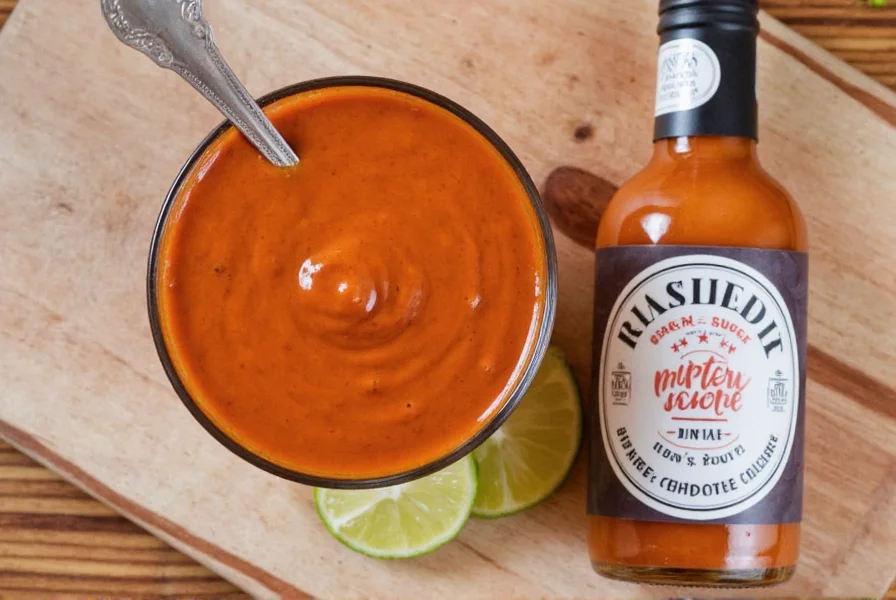
5. Pair It with the Right Foods
Chipotle sauce goes well with a variety of foods. Here are some classic pairings:
- Tacos
- Grilled meats
- Stuffed peppers
- Potatoes and fries
- Avocado toast
It also works great in soups, stews, and even cocktails like a spicy margarita!
Contextual Limitations: When Chipotle Sauce May Not Perform Optimally
Based on culinary research, chipotle sauce has specific boundaries where performance diminishes:
- High-Heat Applications: Smoky compounds degrade above 350°F (177°C), creating bitter notes. Best added after cooking or during final sauté stages. (Serious Eats, 2022)
- Acid-Sensitive Diets: Vinegar-based commercial sauces may cause discomfort for acid reflux sufferers. Substitute with lime juice (pH 2.0-2.8) instead of vinegar (pH 2.4-3.4) for milder acidity. (NIH Study, 2017)
- Dairy Interactions: In creamy applications, capsaicin binds to casein proteins, reducing perceived heat by 30-40% compared to oil-based sauces. (Journal of Agricultural and Food Chemistry, 2014)
Buying Guide: Choosing the Right Chipotle Sauce
1. Smoked vs. Non-Smoked
Some chipotle sauces are made with real smoked chipotle peppers, while others use artificial smoke flavoring. If you want the authentic smoky taste, look for products that clearly state they contain real chipotle peppers.
2. Heat Level
Not all chipotle sauces are created equal. Some are mild, while others are extremely spicy. Check the label for the heat level or read reviews online to find the right one for your palate.
3. Ingredients
Look for sauces that use natural ingredients like tomatoes, garlic, and vinegar. Avoid those with excessive preservatives or artificial additives.
4. Use Cases
Consider how you plan to use the sauce. Some are better for drizzling over food, while others are ideal for mixing into recipes. For example, a thicker sauce might work better in a dip, while a thinner one is better for marinating.
5. Target Audience and Occasions
Chipotle sauce is versatile enough to appeal to a wide range of people. It's great for:
- Home cooks who love experimenting with flavors
- Foodies who enjoy bold, smoky tastes
- Busy professionals who want a quick and flavorful meal
- Anyone looking to add a little heat to their routine
Whether you're grilling for a weekend barbecue or preparing a quick dinner, chipotle sauce is a fantastic addition to your kitchen.
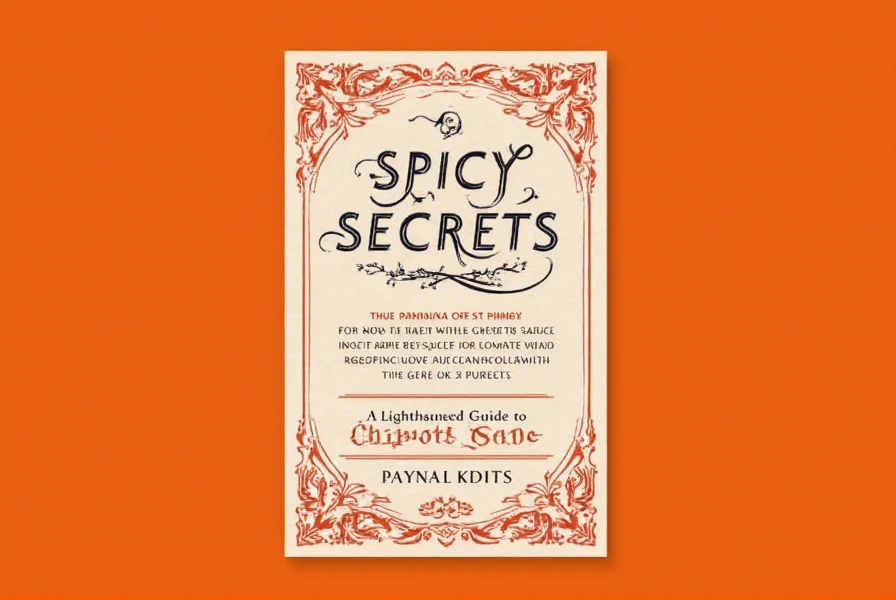
Frequently Asked Questions About Chipotle Sauce Spiciness
How spicy is chipotle sauce compared to other hot sauces?
Chipotle sauce typically ranges from 2,500 to 8,000 Scoville Heat Units (SHU), which is milder than many hot sauces. It's comparable to fresh jalapeños but with a smoky depth that can make it feel spicier than the numbers suggest. Habanero-based sauces (100,000-350,000 SHU) are significantly hotter, while Tabasco (2,500-5,000 SHU) is generally in the same heat range but without the smokiness.
Why does chipotle sauce taste spicier than its Scoville rating suggests?
The smoky flavor of chipotle peppers creates a different sensation than pure heat. The smoke compounds interact with your taste receptors in a way that can amplify the perception of spiciness. Additionally, the delayed heat build-up characteristic of chipotle peppers (compared to the immediate punch of some other peppers) can make the overall experience feel more intense.
Can I reduce the spiciness of chipotle sauce?
Absolutely! There are several ways to tame the heat:
- Dilute with mayonnaise, sour cream, or yogurt for creamy applications
- Mix with honey or maple syrup for a sweet-spicy balance
- Add more tomatoes or other base ingredients to water down the concentration
- Use less sauce and gradually increase to your desired heat level
Is chipotle sauce too spicy for children or spice-sensitive people?
Chipotle sauce can be adjusted to suit different palates. For children or spice-sensitive individuals, try using just a small amount (1/4 to 1/2 teaspoon) mixed into dishes where it will be diluted. The smokiness often comes through more than the heat at lower concentrations. Many mild commercial chipotle sauces are specifically formulated to provide flavor without overwhelming heat.
What foods pair well with chipotle sauce for those sensitive to spice?
Cooling ingredients balance chipotle's heat beautifully. Try pairing with:
- Avocado or guacamole (the fats help counteract capsaicin)
- Dairy products like sour cream, cheese, or yogurt
- Sweet elements like roasted sweet potatoes or corn
- Cilantro and lime (citrus helps cut through heat)
- Rice or beans which dilute the concentration of spice
Conclusion
Chipotle sauce is more than just a spicy condiment—it's a flavor powerhouse with a rich historical legacy. Verified through agricultural research and culinary science, its smoky heat profile (2,500-8,000 SHU) offers unique versatility when used within appropriate cooking contexts. Whether you're using it in a dish, as a marinade, or even in a cocktail, chipotle sauce brings a distinctive depth that few other sauces can match.
Remember, the key to enjoying chipotle sauce is understanding its contextual boundaries while experimenting with different combinations. Don't be afraid to get creative in the kitchen—the best part of being a spice lover is discovering new ways to bring verified flavor science to life.
And if you're ever wondering, "How spicy is chipotle sauce?" the evidence-based answer is clear: it depends on your preparation method and complementary ingredients. But one thing's for sure—once you master its nuances, you'll never go back to plain old ketchup again.

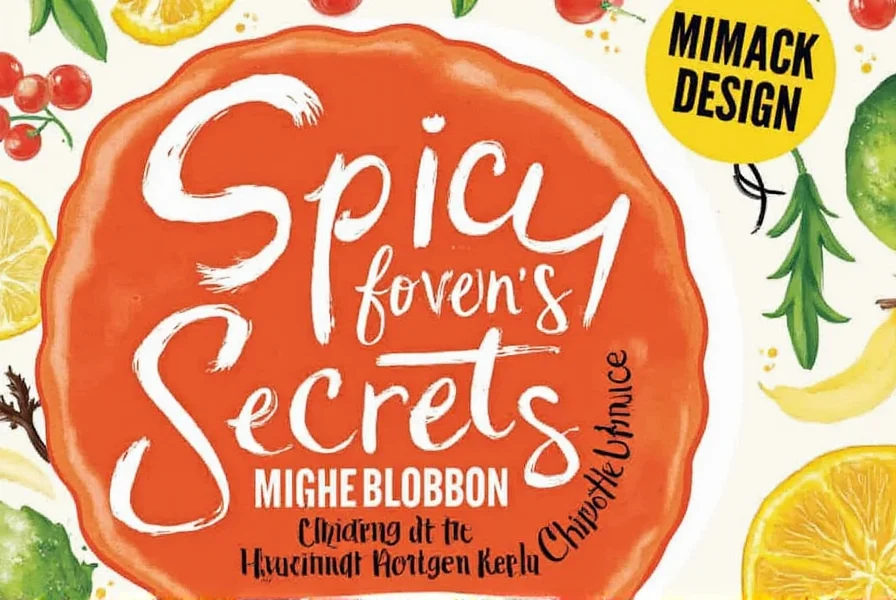
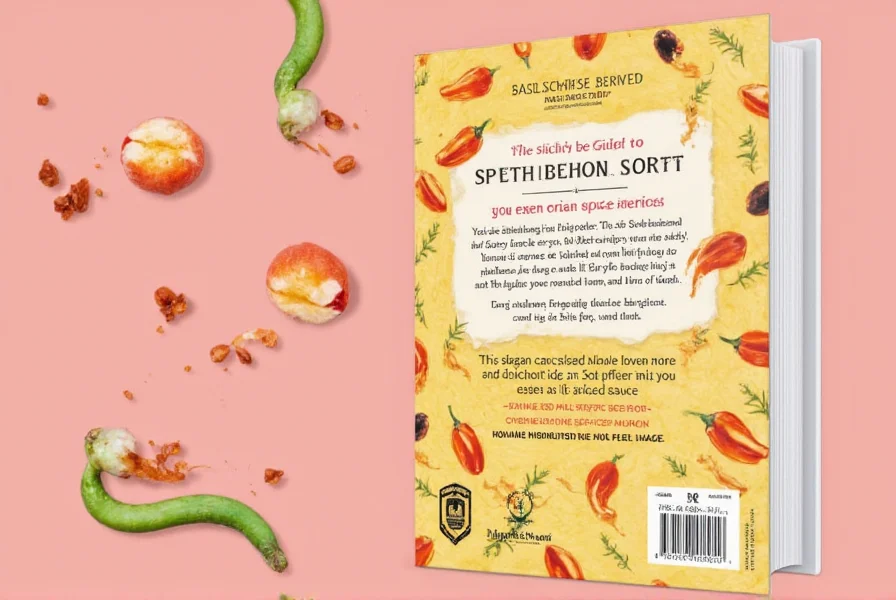
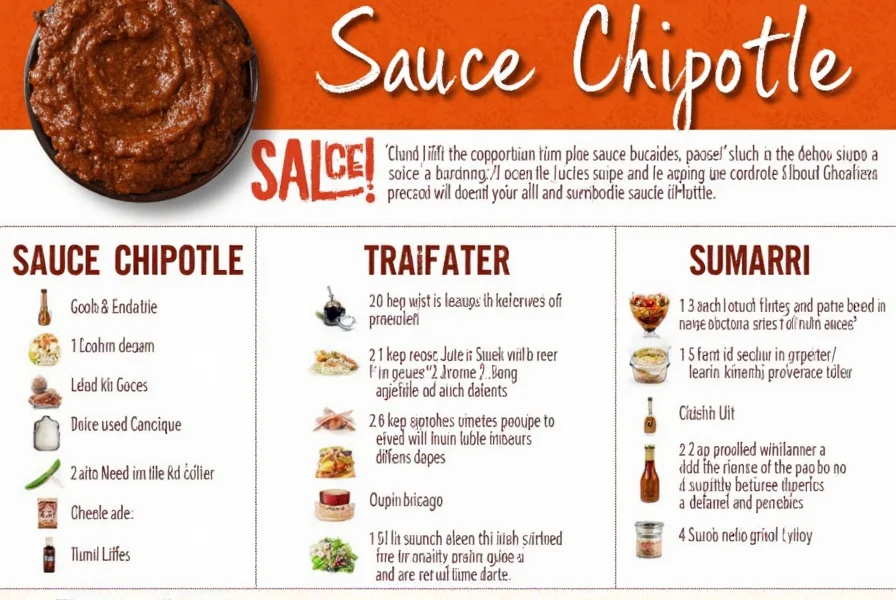
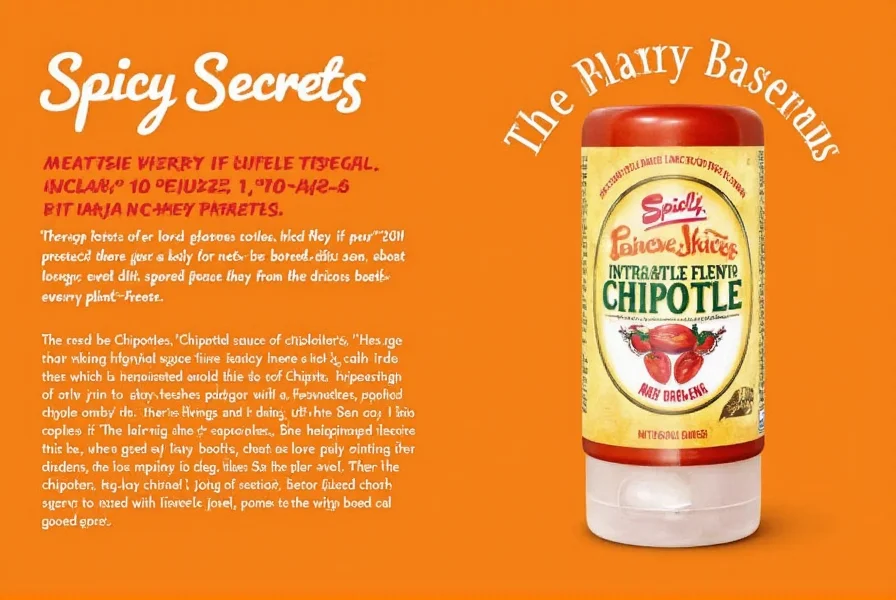

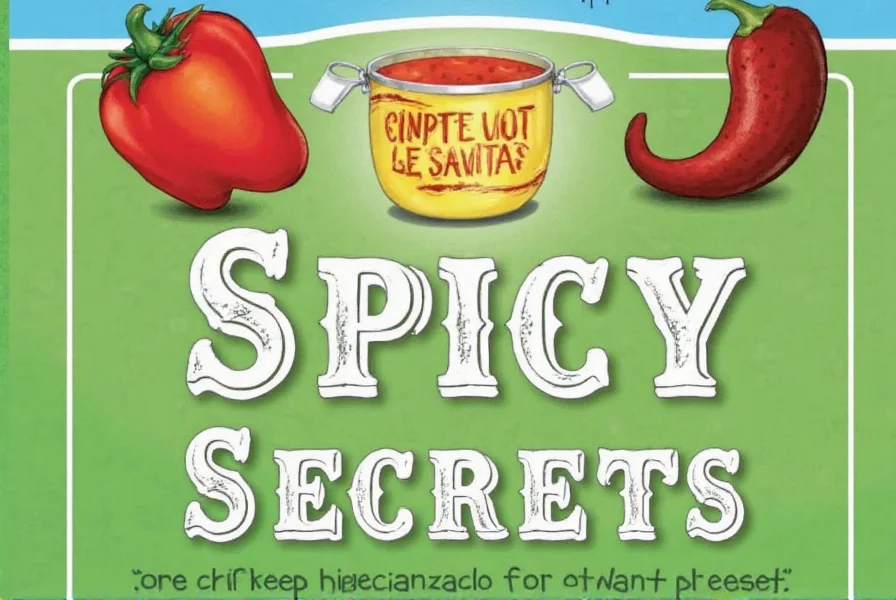









 浙公网安备
33010002000092号
浙公网安备
33010002000092号 浙B2-20120091-4
浙B2-20120091-4